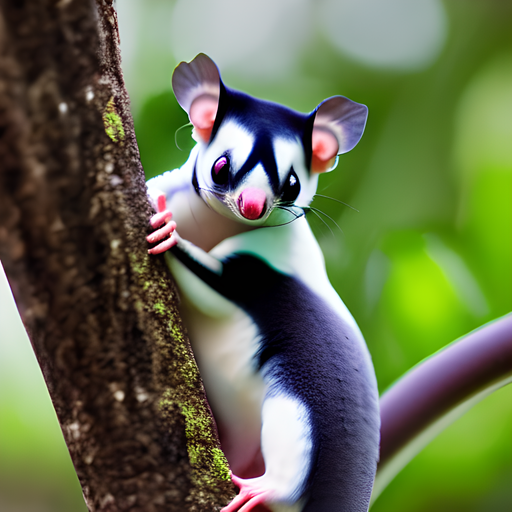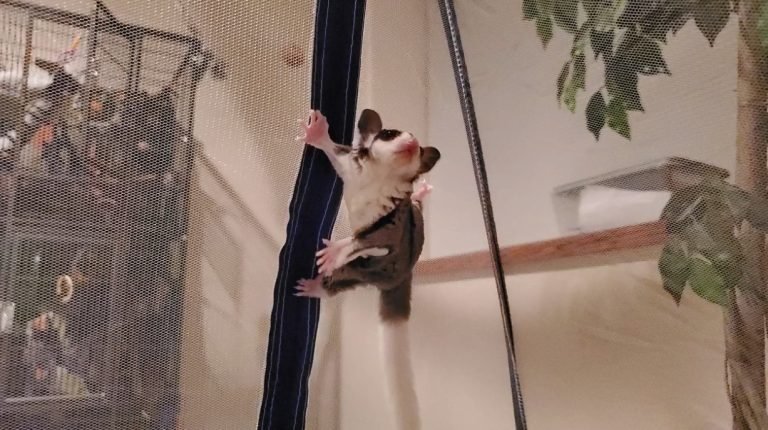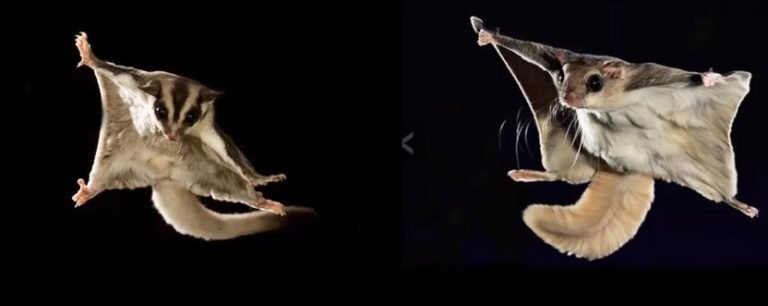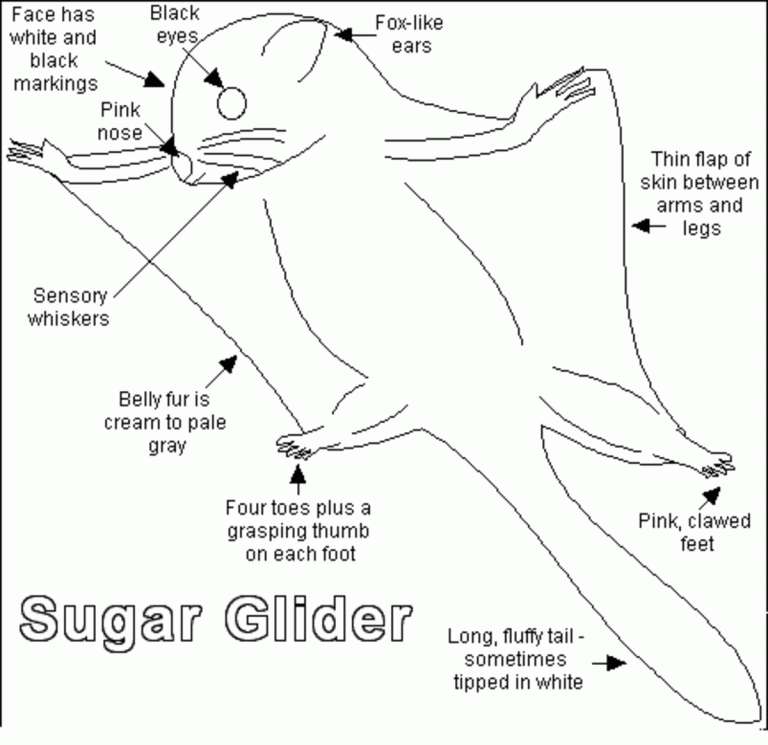How Often Do Sugar Gliders Eat
How Often Do Sugar Gliders Eat?
Sugar gliders are small, nocturnal marsupials native to Australia, Indonesia, and New Guinea. They are known for their ability to glide through the air, thanks to the flap of skin between their wrists and ankles. These cute and tiny creatures are omnivorous, which means they can eat both plant and animal matter. But how often do sugar gliders eat? Let’s find out.
Feedings per day
Sugar gliders are considered opportunistic feeders, meaning they will eat whenever food is available. In the wild, they have a varied diet that includes nectar, sap, fruits, insects, and even small vertebrates. However, in captivity, it’s essential to establish a regular feeding routine to ensure their health and well-being.
As a general guideline, sugar gliders should be fed twice a day. They are most active during the night, so it’s best to offer their main meal in the evening. This schedule mimics their natural feeding patterns and allows them to maintain a healthy metabolism.

Sugar glider diet
Now that we know how often sugar gliders should be fed let’s take a closer look at their diet. Providing a balanced and varied diet is crucial for their overall health. The majority of their diet should consist of fruits and vegetables, with a smaller portion dedicated to proteins.
Fruits and vegetables:
Sugar gliders should have a wide variety of fruits and vegetables in their diet. Some suitable choices include apples, pears, bananas, grapes, melons, sweet potatoes, carrots, spinach, and kale. These foods provide essential vitamins, minerals, and fiber.
Proteins:
Proteins are an important part of a sugar glider’s diet, and they can be obtained from various sources. Offer them lean meats like chicken or turkey, cooked eggs, low-fat dairy products, and even small amounts of insects such as mealworms or crickets. Protein-rich treats like yogurt drops can also be given occasionally.
Treats and supplements
Sugar gliders can enjoy a range of treats as long as they are given in moderation. Some examples include dried fruits, nuts, and mealworms. However, it’s crucial to avoid high-sugar or fatty treats, as these can lead to health problems like obesity or tooth decay.
In addition to a balanced diet, sugar gliders may require supplements to ensure they receive all the necessary nutrients. Calcium and vitamin D3 supplements are often recommended, especially if their diet lacks proper amounts of these nutrients.
Water intake
Just like any other living creature, sugar gliders need access to clean and fresh drinking water. It’s best to provide them with a water bottle with a sipper tube or a small dish that’s securely attached to their enclosure. Make sure to change the water daily to prevent bacterial growth.
Frequently Asked Questions
Q: Can sugar gliders eat human food?
While sugar gliders can eat small amounts of certain human food, it’s important to note that their dietary needs differ from ours. Some human foods, such as chocolate, caffeine, and sugary snacks, can be toxic to sugar gliders and should be avoided. It’s always safest to stick to their recommended diet.
Q: Can sugar gliders eat cat or dog food?
Sugar gliders should not be fed cat or dog food as their primary diet. These foods don’t meet their nutritional requirements and may lack essential vitamins and minerals. While small amounts can be given as an occasional treat, it’s best to provide them with a balanced diet specifically formulated for sugar gliders.
Q: How much should I feed my sugar glider?
The amount of food you should feed your sugar glider depends on its age, size, and activity level. As a general guideline, a balanced diet typically consists of approximately 50-75% fruits and vegetables, 20-30% proteins, and 5-10% treats. It’s important not to overfeed, as obesity can lead to various health issues.
Q: Can sugar gliders eat baby food?
Baby food can be a convenient option to offer a variety of flavors to your sugar glider. However, it’s important to choose baby food that doesn’t contain any harmful ingredients such as onion or garlic, as they can be toxic to them. Always read the labels carefully and opt for natural or organic options without added sugars or preservatives.
Final Thoughts
Understanding the dietary needs of sugar gliders is crucial for their health and well-being. By providing them with a balanced and varied diet, offering treats and supplements in moderation, and ensuring access to clean water, you can ensure that your sugar glider thrives in captivity. Remember to consult with a veterinarian experienced in exotic pets to get specific dietary recommendations for your sugar glider’s individual needs. With proper care and attention to their nutritional needs, your sugar glider will lead a happy and healthy life by your side.







